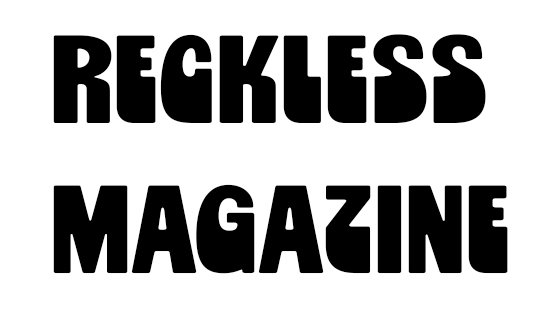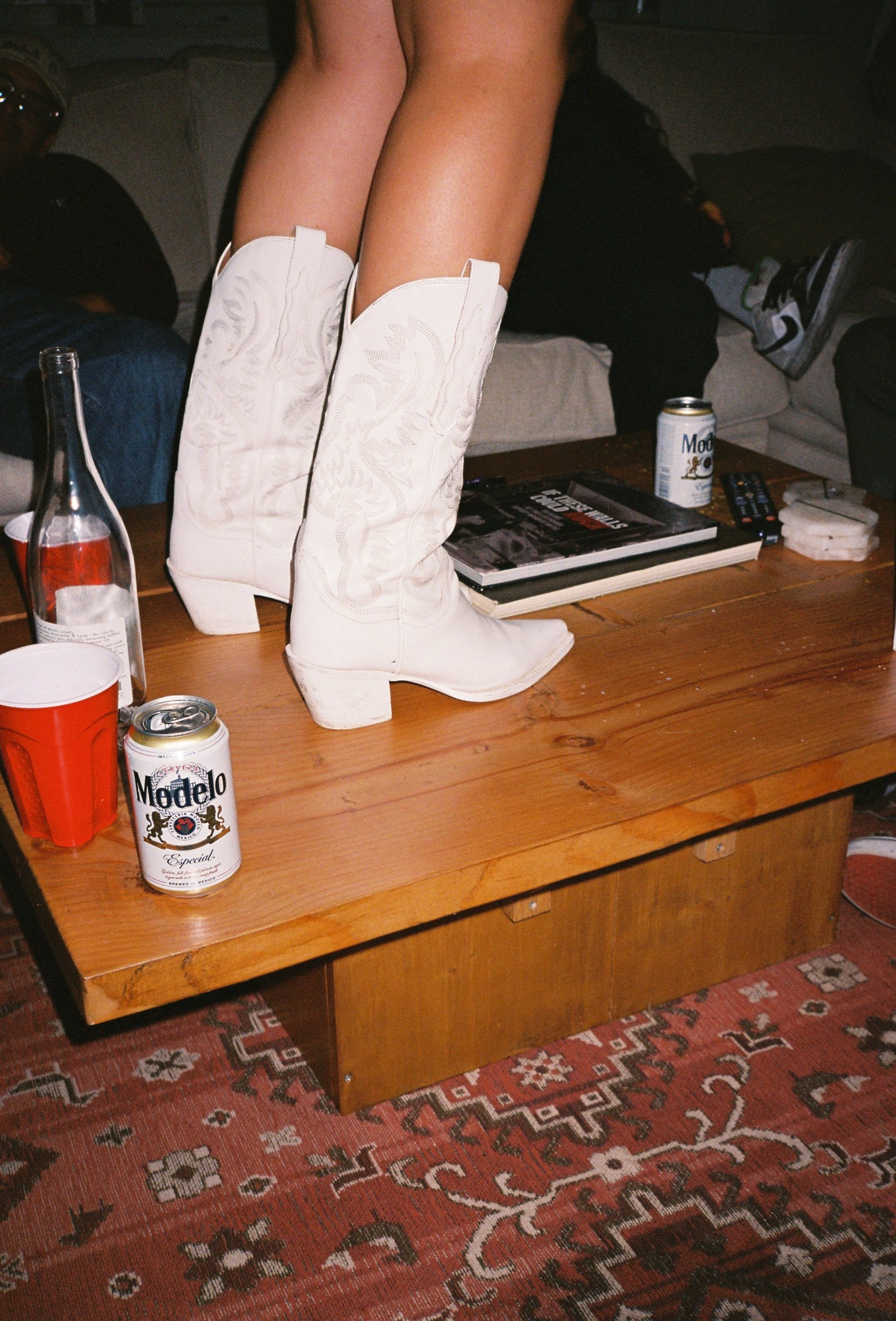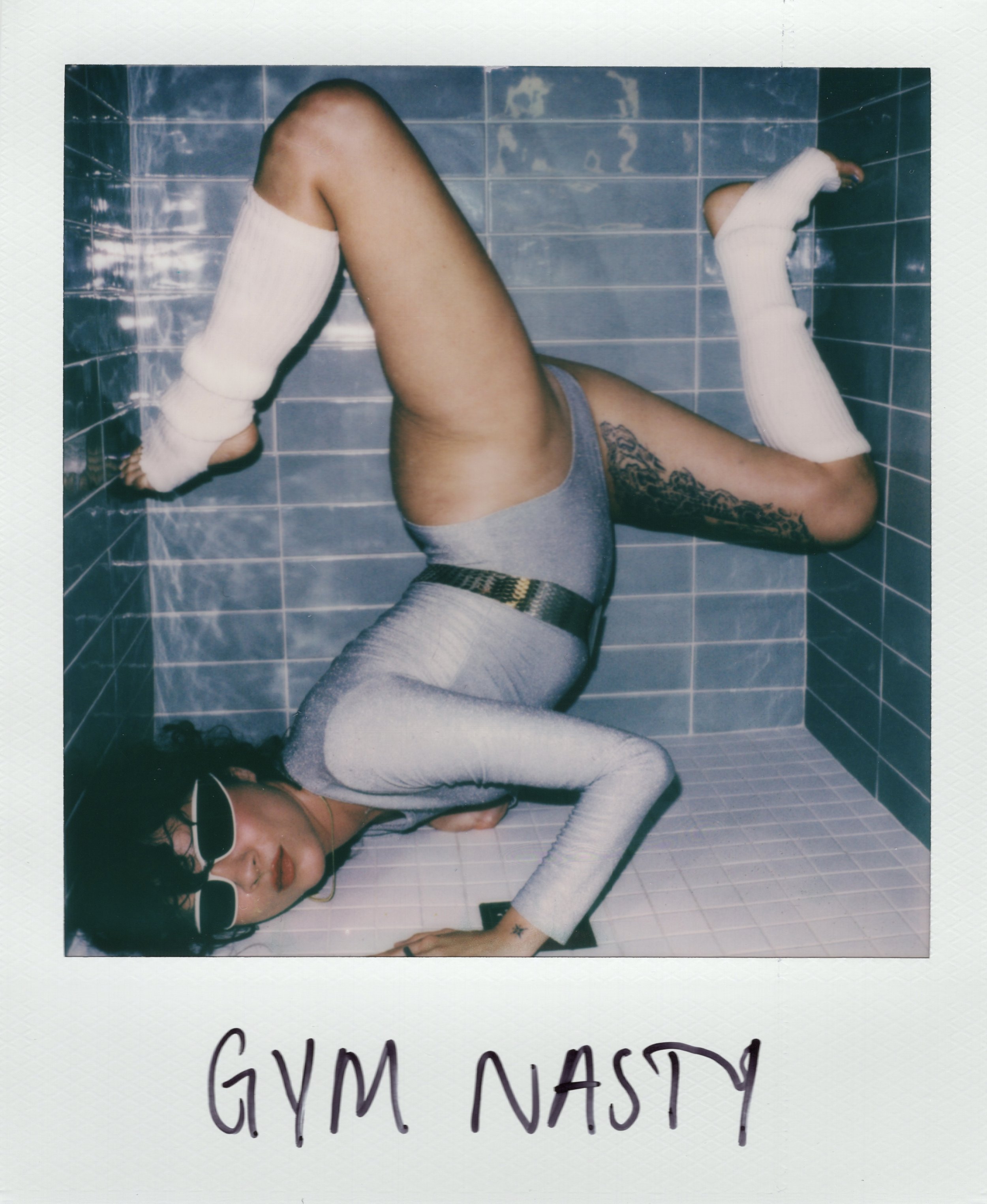Forever

Down the Rabbit Hole
Photography by Scott Basile
Scott Basile is a photographer who uses the wet plate process to make his images. Scott discuss how the wet plate process works, finding freedom in photography, and making a photograph last for centuries.
San Diego, USA
Miriam
What is your history as a photographer? Did you grow up in an artistic family?
It started with pottery. I lived with my aunt and uncle for a while when I was growing up in New York. My aunt is a potter and her studio was next to my bedroom, so I was always in there messing around with clay. When I moved to San Diego I took some pottery classes at Mesa. That led to pursuing an art degree at SDSU, which is where I took my first photography class. The first time I printed one of my photos in the darkroom that was it, I wanted to be a photographer.
You use the wet plate process for your photography. What is this process?
Wet plate collodion is how they made photos in the mid to late 1800s. Any civil war photo you’ve ever seen, any photo of Abraham Lincoln, that was wet plate. The process of making an image has to happen before the chemistry dries, hence the name wet plate. Depending on the humidity, you usually have about ten minutes or so from start to finish. You’re making a light sensitive emulsion on a piece of metal or glass, capturing the image, then developing and fixing it on the spot. So wherever I shoot I need to bring my darkroom and all my chems.
It’s a slow process. I probably only make three or four images per hour. I shoot on large format cameras, up to 11x14. The chemistry part can be a pain in the ass. There have been plenty of times when I just couldn’t seem to make it work. Over time I’ve gotten better at that part of it. Now the focus is on making better images. It’s a work in progress.
How did you get into it?
A couple years after I graduated I started shooting interiors and architecture for a living. I love the work, but there is a lot of time sitting at a computer editing. I felt like something was missing. I wanted to get back to making photos by hand. One night I came across a short doc called “Silver and Light” about a guy in LA named Ian Ruhter. He took his life savings and turned a box truck into a giant camera. He used it to make these massive wet plate collodion photographs. I was like fuck it I’m going to learn how to do that. So I went down the rabbit hole. That was seven years ago.
What do you love about it?
First, the plates are just really beautiful. There is an insane amount of detail. The tones are incredible. There is a depth to the images that is hard to describe. To really appreciate it you need to hold one in your hand.
Second, we live in an age where we take more photos than at any point in history. But they feel kind of disposable to me. People swipe past them in seconds. As Dan Winters put it, they are simply floating in the ether. With wet plate, I’m making a physical object, and because the image is made of silver the plates will last for centuries. Long after I’m gone and the people and places that I shoot are gone, these photographs will still exist. People will see them. That means a lot to me.
Tell the story behind one of your photos.
This is an ambrotype, which is an image shot directly onto a piece of glass. I broke it and mended it and painted the cracks with gold. There is a Japanese art form called Kintsugi, where broken pottery is repaired using lacquer and gold. The philosophy is that a broken object shouldn’t be thrown away. It can be mended and made more beautiful by accepting and embracing its imperfections, giving it a new life while honoring its past. I made this plate after a relationship ended. I felt like I was being thrown away. Making it was cathartic.
Scott Basille, Self-Portrait
How have you grown as a photographer?
I still am. I’m still trying to find my voice, to figure out what I want to say. I’m still trying to master the process. I’m pretty hard on myself when it comes to my photos. I can always find something I wish I had done differently, something that could be better. So as far as evolving as a photographer, I just want to make more compelling images.
How has photography changed your life?
Everyone’s yardstick for measuring success is different. Success for me is freedom, and photography allows me that. I have the freedom to be myself, to express myself, to do something that I love. As a single dad I can make my own schedule, which is huge. Plus I get to meet and shoot some really amazing people and places. I’m really grateful.
If you can photograph one person in any location with the wet plate process, who would you pick and where?
My immediate answer would be one of my heroes, Hetfield, Bourdain, someone like that. But honestly, I’m happy shooting anyone with a story to tell, and most of us have one.
What’s next in your photographic journey?
I’m going to continue working on a series that I started last year in the desert. There are 16,000 miles of irrigation canals flowing like veins through the Imperial Valley. Visually they are really interesting, and there is a story to be told about the relationship between the water and the desert. So I’ll be shooting out there over the next year or so until I can make enough plates to tell the story.
To See More of Scott’s Work, Follow @blackarttintype
Thomas
Angela
Dani
Scott Basille, Self-Portrait
Bradley
Charlotte
Chloe
Johnny
Mark
Carly
Sarah and Shannon
Jordan





